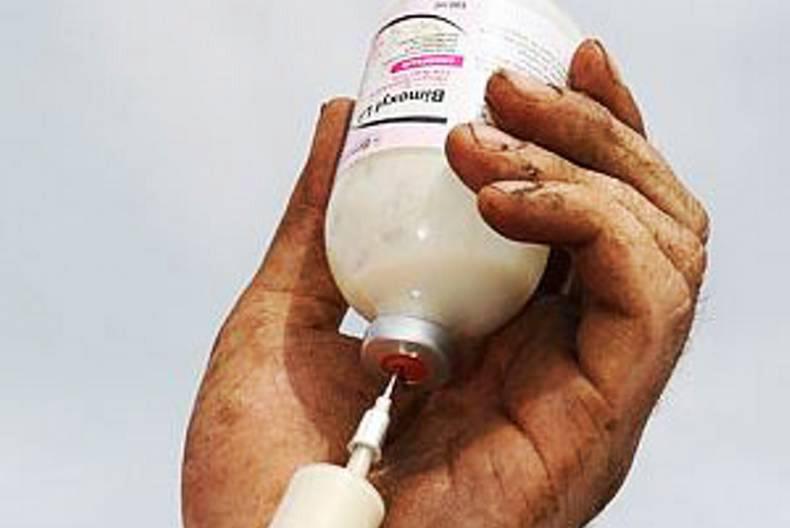The report says that just as there is a clear correlation between rising levels of human use of antibiotics and growing resistance, as illustrated in a previous paper, the same is essentially true in agriculture. "Higher use of antibiotics drives increased drug resistance, as bacteria are exposed more often to the antibiotics used to treat them. This is also true for other antimicrobial medicines, such as antifungals," says the report.
The report highlights three ways in which the overuse of antimicrobials in agriculture poses risks to the wider community, including farmers themselves.
Firstly, it says it presents the risk that drug-resistant strains are passed on through direct contact between humans and animals, which the report says directly implicates farmers.
Secondly, these drug-resistant strains have the potential to be passed onto humans more generally through the food chain, i.e. when consumers prepare or eat the meat itself.
Finally, the report says there is a further indirect threat to human health as result of animal excretion. Both resistant bacteria, as well as significant volumes of antibiotics consumed, are excreted by animals.
The report also calls for three interventions: firstly, a global target needs to be set to reduce use of antibiotics in food production. Second, it recommends that there be minimum standards set to limit the release of active pharmaceutical ingredients during the manufacturing process. And thirdly, it proposes that there be improved surveillance to monitor the situation with respect to both these issues and to help to inform global standards and targets.
In November 2015 the Department of Agriculture set up a new section on its website to inform Irish farmers of the growing threat posed by antimicrobial resistance (AMR) in animals and humans.
Launching it at the time, Minister for Agriculture Simon Coveney said he viewed it as key to the Department’s goal of raising awareness of the issue of AMR among farmers, veterinary practitioners and other stakeholders in the agri-food sector.
“My hope is that people will visit the webpage and come away with a better understanding of what antimicrobial resistance actually is as well as some advice on what simple steps they can take to help address this societal challenge and preserve these essential medicines in both human and animal health,” Coveney said at the launch.
Writing in the Irish Farmers Journal a week later, Dr Martin Blake, chief veterinary officer with the Department of Agriculture outlined the Department's strategy and stance with regard to antimicrobial resistance. Dr Blake said the "first and most effective measure is to prevent the introduction and spread of disease through improved hygiene, husbandry and bio-security practices, thus reducing the need for antibiotic use. The second is to ensure that, whenever antibiotics are necessary, they are used prudently."
And in his most recent Farmer Writes piece for farmersjournal.ie, Longford farmer James Mimnagh cautioned that farmers need to be more conservative with their use of antibiotics, and gave some advice to dairy farmers who are considering using antibiotics during the drying off process.
Read the full report on AMR from the Review on Antimicrobial Resistance here.






 This is a subscriber-only article
This is a subscriber-only article











SHARING OPTIONS: